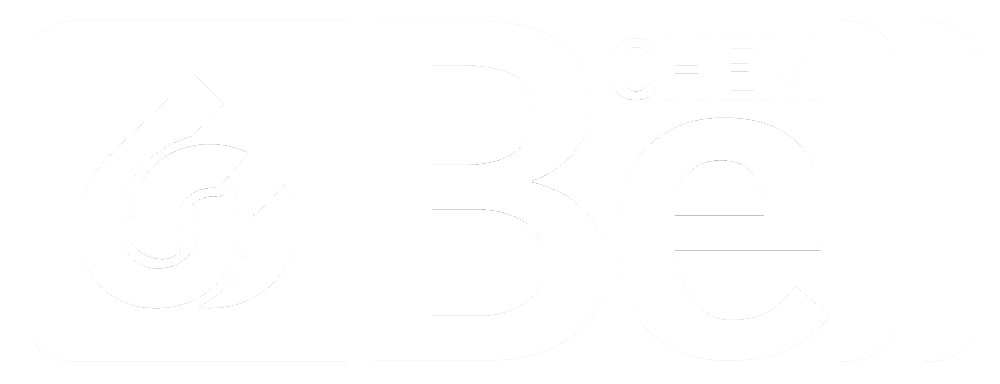Medical Uses of Zinc Oxide
Zinc oxide is recognizable to many as the white sunscreen smeared on the noses of lifeguards, but this remarkable chemical continues to fascinate as scientists develop new methods of utilizing its properties. Bell Chem, your industrial ingredient supplier, wants you to know the latest on zinc oxide and its role in the medical world.
Nanoparticles
Zinc oxide nanoparticles have a short history – only around 20 years – but the sheer amount of uses discovered within that time is astonishing. Nanoparticles are microscopically small bits of zinc oxide. These tiny particles are easy for the body to utilize. When used in this form, zinc oxide is able to treat diseases like diabetes and cancer, as well as deter bacteria while maintaining its biocompatible status.
Common Uses
Some of the most common uses for zinc oxide are for its anti-inflammatory and ultraviolet reflection benefits. Inflammation is a response to a pathogen, but inflammation is often painful and many people experience inflammatory responses outside the norm. Zinc oxide is able to bring down the level of inflammation, which reduces pain and increases blood flow.
Many sunscreens on the market are chemical barriers, which may lead to UV rays being internalized through the skin and causing cellular damage. Zinc oxide, on the other hand, is a physical barrier that reflects UV light and prevents it from reaching the skin.
Hospital Settings
Zinc oxide has a 3,000-year history of wound treatment and healing of soft tissue injuries. Applied directly to wounds and burns, zinc oxide attracts new epidermal cells to critical areas, establishes blood flow to those affected areas, which expedites the healing process and reduces complications related to wounds. One surprising characteristic of zinc oxide nanoparticles is their luminescence, which helps with bioimaging. When recorded on imaging film, zinc oxide glows where the body has stockpiled it.
Disease Treatment
The binding property of zinc oxide aids in transporting life-saving drugs throughout the body in a less-toxic manner than other methods at a fraction of the cost of other treatments. Zinc oxide targets uncontrolled cancer cells without the dangerous side effects of chemotherapy and radiation. Zinc oxide is biodegradable as well as biocompatible. Add the drug delivery factor, and zinc oxide can carry cancer drugs to specific sites within the body as it takes on the cancer cells. Zinc oxide also helps treat diabetes when it binds insulin to keep it structurally stable, aiding in the secretion of insulin from the pancreas. Zinc oxide also has a part in insulin synthesis, secretion, and storage.
The body has a delicate balance of reactive oxygen species (ROS) performing vital functions, such as cellular signaling and homeostasis. Excess ROS is a different story, however, since great numbers of ROS damage DNA. Scientists have determined zinc oxide will seek out cells with excess ROS and cause these cells to undergo apoptosis (cell death). This same function affects bacteria similarly. With all of these amazing benefits and more still to be discovered, Zinc oxide has been a huge help to the ever-evolving medical field.
Bell Chem is the industrial ingredient supplier based in Longwood, FL (just north of Orlando) with hundreds of products stocked in their 50,000+ square-foot warehouse, zinc oxide. You can expect the highest quality products, expedited shipping options for maximum efficiency, and unrivaled personalized customer service. Let our knowledgeable and friendly customer service representatives and accounting staff personalize all your needs by either calling 407-339-BELL (2355) or by sending us an online message.
